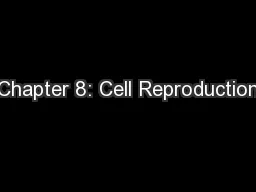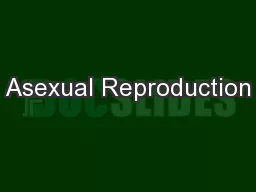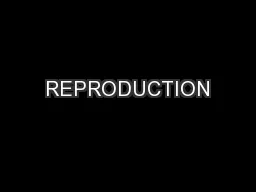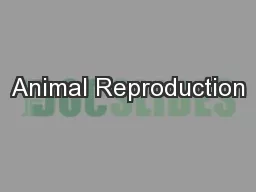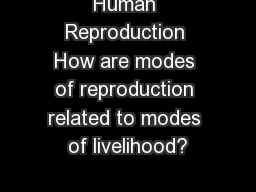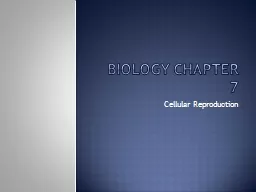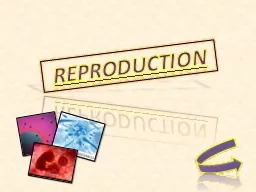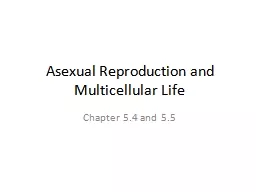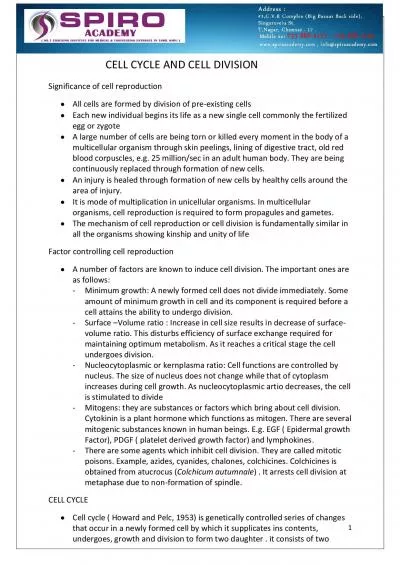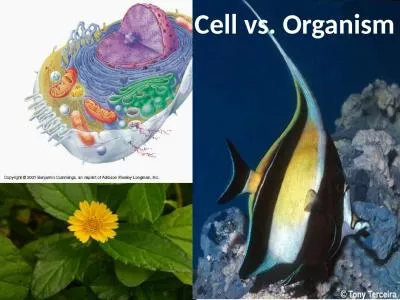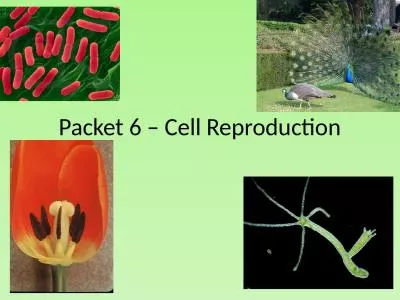PPT-Chapter 8: Cell Reproduction
Author : liane-varnes | Published Date : 2016-03-22
Review Organelles Centrioles Made of microtubules Acts as anchors in cell division Mitotic Spindle fibers Two Main types Kinetochore Fibers Attach from centriole
Presentation Embed Code
Download Presentation
Download Presentation The PPT/PDF document "Chapter 8: Cell Reproduction" is the property of its rightful owner. Permission is granted to download and print the materials on this website for personal, non-commercial use only, and to display it on your personal computer provided you do not modify the materials and that you retain all copyright notices contained in the materials. By downloading content from our website, you accept the terms of this agreement.
Chapter 8: Cell Reproduction: Transcript
Download Rules Of Document
"Chapter 8: Cell Reproduction"The content belongs to its owner. You may download and print it for personal use, without modification, and keep all copyright notices. By downloading, you agree to these terms.
Related Documents

